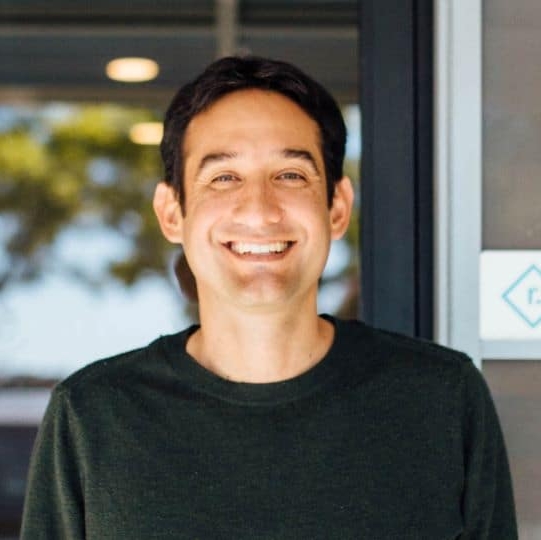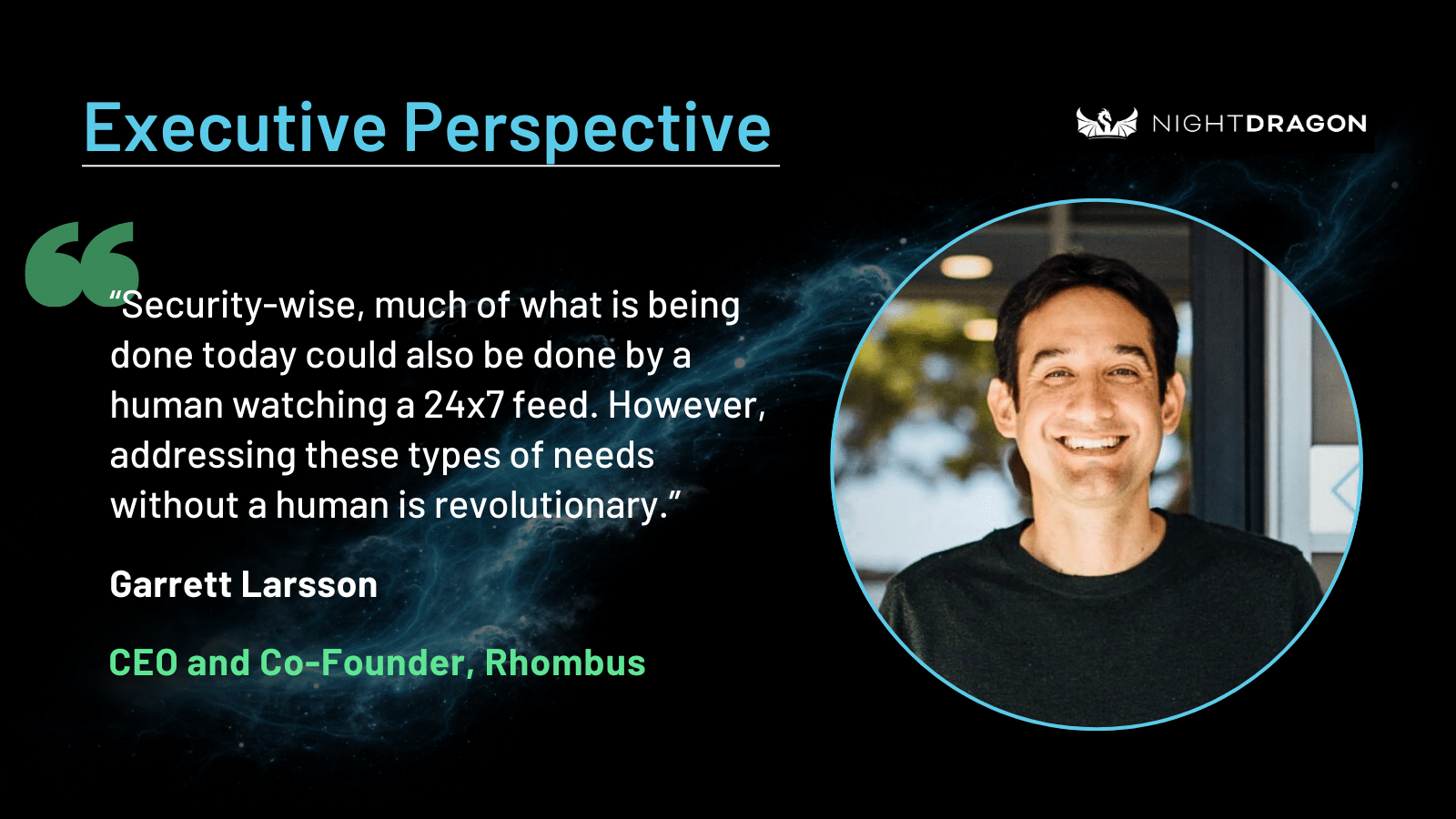Rhombus is one of the new leaders in the physical security market — offering a unified, cloud-based physical security platform that brings security cameras, access control, sensors, alarms, and integrations together under a single pane of glass. Rhombus is on a mission to make the world safer with simple, smart, and powerful physical security solutions.
We sat down with Garrett to discuss the latest evolutions and growth in the physical security market. The following is an except from our conversation:
What are some of the most significant physical security risks facing organizations today?

While the usual suspects of theft, shoplifting, and vandalism are still pervasive. The confluence of the shift to remote work and a labor shortage in physical security roles also means that a lot of organizations are forced to cobble together remote access to older physical security systems. Outdated firmware and encryption methods make these systems much more susceptible to attacks, creating a potentially easyentry point for bad actors. This is especially true for large enterprises who are at increased risk of failing cyber audits due to the extra-large attack surface area presented by their connected physical devices (e.g. cameras, door readers, alarm pads).
Where do legacy solutions fall short in addressing those risks, and what sort of new innovations are we seeing in physical security today?
Many legacy systems lack modern encryption methods for communication between devices, making them vulnerable to interception and manipulation. These systems are also often siloed, lacking integration with IT and cybersecurity frameworks, leaving gaps in overall cyber threatdetection and response. Additionally, manufacturers may no longer provide firmware updates, leaving systems further exposed to known vulnerabilities.
How has the use of AI changed the physical security market?
AI is democratizing a higher standard of physical security, making a heightened level of security and safety more accessible to everyone. Security-wise, much of what is being done today could also be done by a human watching a 24×7 feed. However, addressing these types of needs without a human is revolutionary.
How have you seen customer needs evolve with technological advancements?
The combination of better cameras, AI, and more user-friendly systems means that it’s no longer just about security. There’s a very real opportunity to impact the bottom line, and customers are eager to uncover what operational benefits are possible with these systems. Large organizations especially are thinking about how they can do more with their data and existing tech stack by overlaying AI or adding more advanced cameras and sensors to the mix.They’re looking for actionable insights on everything from bottlenecks and compliance with safety protocols to space utilization and improving customer service in physical spaces.
What is the significance of an “Open Platform”?
There remains a large subset of the market that has not yet experienced the new advancements available in physical security. For consumers new to these technologies, an essential piece to adopting them is openness and interoperability capabilities. These characteristics make it easier for organizations to realize the promise of these updated technologies, given the realities of change management, budgets, operational disruptions, etc.
Garrett was also featured in NightDragon’s recent market report on Physical Security. Read more here.
